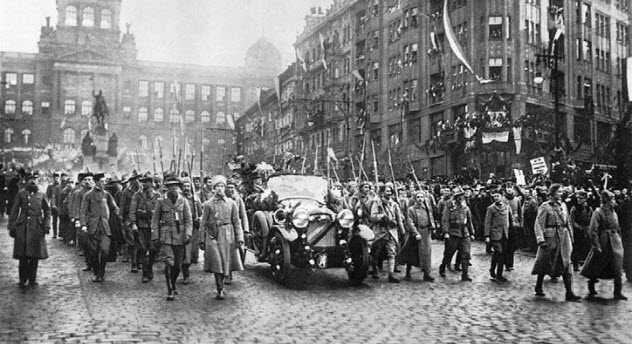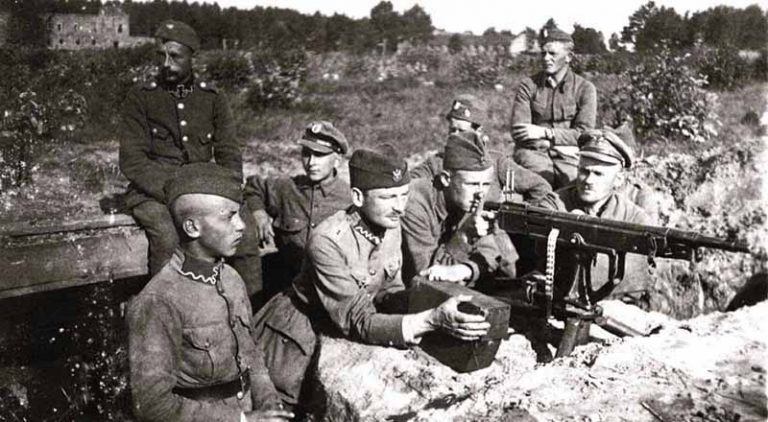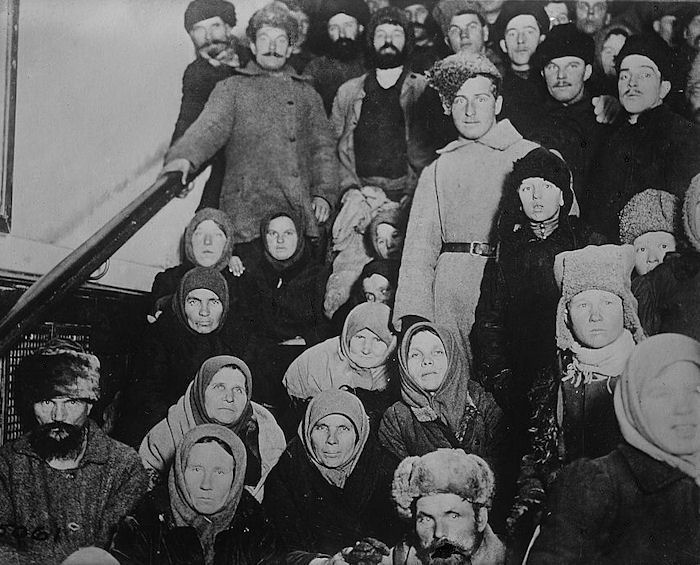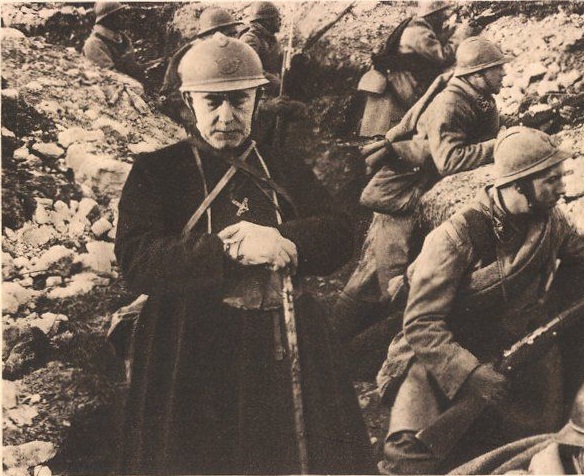Following an artillery bombardment, Soviet forces on the western edge of Georgia would begin to move forward. The hills created difficult terrain even near the coasts where most Soviet infantry was concentrated, but tanks could help a great deal in crossing enemy defenses there. A reserve force of a thousand infantry would protect the Soviet side and prevent the enemy from easily attacking from the hills. The main objective of the Red Army attack in this area was the town of Sokhumi, which if captured would disconnect any remaining Transcaucasian forces in the area from easy resupply and also represent a gateway to easier terrain where the Red Army's numbers could provide a better advantage.
The other major Soviet force was on the other side of the Caucasus Mountains and was focused on taking Baku as well as entering Georgia from other directions. There cavalry could much more easily maneuver and would lead an attack aimed at securing Makhachkala with 5,000 Infantry and attached artillery supporting it. If the cavalry was able to break through it would provide an opening that infantry could pour into. The ten thousand Soviet infantry backed up by artillery and tanks in the middle of this front aimed to secure the Khunzakh area together with another two forces of 5,000 infantry and support artillery backing them up to their west that would attempt to break though the enemy's side and either force a retreat or surround them near Khasavyurt. Five thousand infantry and supporting artillery were held in reserve to help contain enemy counter-attacks if any would occur or to assist the other Soviet troops making their way through Darial Gorge and Mamison pass if needed.
Behind enemy lines pro-Bolshevik rebels supported the Red Army by attempting to sabotage enemy infrastructure and disrupting enemy logistics. Limited support from Red Army aircraft would assist them in this but the majority of Soviet aircraft in the region were focused on supporting the Red Army itself and providing important information on enemy positions and numbers.













